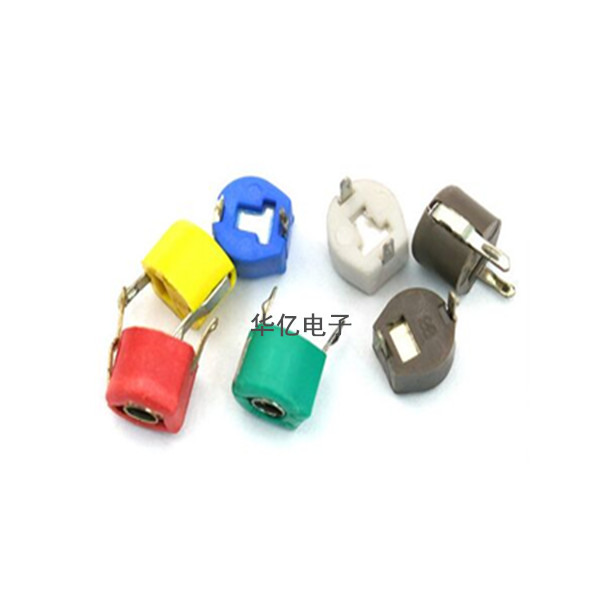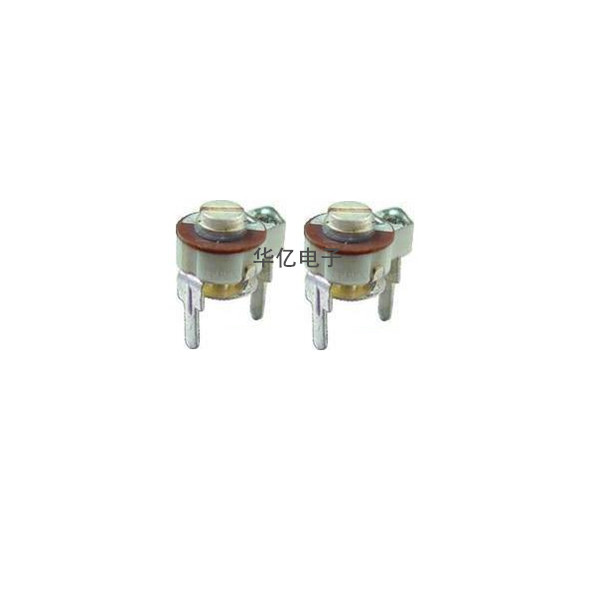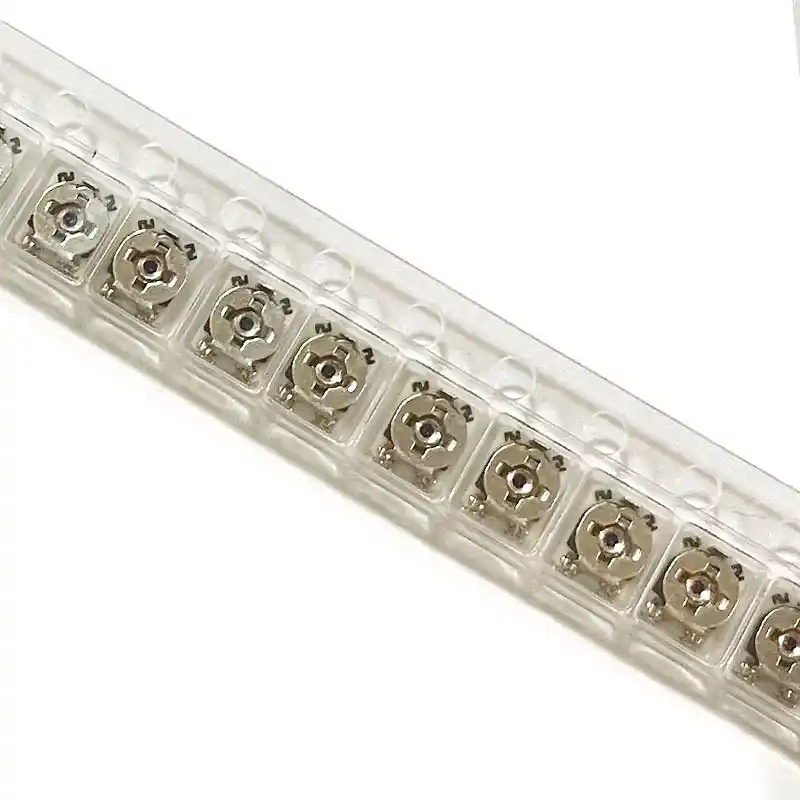一、Composition of Adjustable Capacitors:
二、Characteristics of Adjustable Capacitors:
Adjustable capacitors are a type of power component with a small volume and thin packaging. In terms of capacitor regulation, it has a 50% adjustable range. In addition, it can also fine tune the capacitor through additional voltage.
三、Main parameters of adjustable capacitors:
1. Nominal capacitance and allowable deviation
The nominal capacitance is the capacitance indicated on the capacitor. The deviation between the actual capacitance and the nominal capacitance of a capacitor is called error, and the allowable deviation range is called accuracy.
Corresponding relationship between accuracy level and allowable error: 00 (01) - ± 1 [%], 0 (02) - ± 2 [%], I - ± 5 [%], II - ± 10 [%], III - ± 20 [%], IV - (+20 [%] -10 [%]), V - (+50 [%] -20 [%]), VI - (+50 [%] -30 [%])
Generally, capacitors are commonly used in grades I, II, and III, while electrolytic capacitors are used in grades IV, V, and VI, depending on their intended use.
2. Rated voltage
The maximum effective value of the DC voltage that can be continuously applied to the capacitor at the lowest ambient temperature and rated ambient temperature is generally directly marked on the capacitor housing. If the operating voltage exceeds the withstand voltage of the capacitor, the capacitor will break down, causing irreparable permanent damage.
3. Insulation resistance
The ratio of direct current voltage applied to a capacitor and the resulting leakage current is called insulation resistance. When the capacitance is small, it mainly depends on the surface state of the capacitor. When the capacitance is greater than 0.1uf, it mainly depends on the performance of the medium, and the higher the insulation resistance, the better.
The time constant of a capacitor: A time constant is introduced to properly evaluate the insulation condition of a large capacity capacitor, which is equal to the product of the insulation resistance of the capacitor and its capacity.
4. Loss and wear
The energy consumed by a capacitor due to heat generation per unit time under the action of an electric field is called loss. All types of capacitors have specified their allowable loss values within a certain frequency range. The loss of capacitors is mainly caused by dielectric loss, conductivity loss, and the resistance of all metal parts of the capacitor.
Under the action of a direct current electric field, the loss of a capacitor exists in the form of leakage conduction loss, which is generally small. Under the action of an alternating electric field, the loss of a capacitor is not only related to leakage conduction, but also to the periodic polarization establishment process.
5. Frequency characteristics
As the frequency increases, the capacitance of a general capacitor shows a decreasing trend
Although the resistance value can be adjusted, it is often fixed at a certain resistance value during use. Once this resistor is assembled, its resistance value is fixed at a certain value, such as the bias resistor in transistor application circuits. In the circuit, if it is necessary to adjust the bias current, simply fine tune its resistance value. Among semi adjustable resistors, those with lower power are mostly carbon film resistors, while those with higher power are mostly wire wound resistors. They are often used in radios for power filtering and adjusting bias current.







